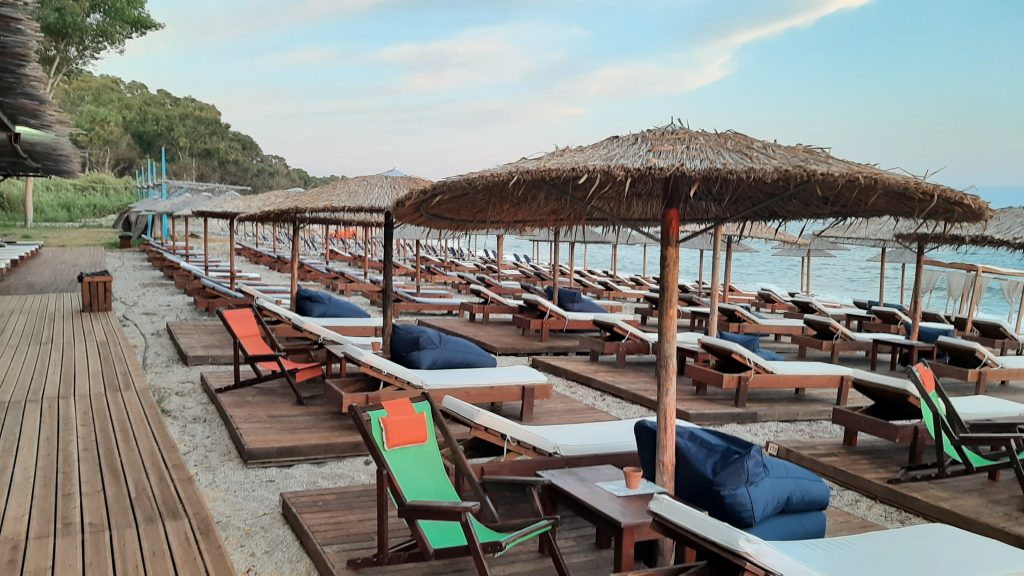About Monolithi Beach .
The 2nd Digital Beach Summit is going to take place at one of the most beautiful beaches in Greece
The innovative gathering is going to take place at the long sandy beach Monolithi, which ranks first on the list of the “Safest Beaches in Europe for a Summer Holiday in 2020”. It's the longest beach in Greece with a total length of 22 km and one of the longest in Europe.

At Agios Georgios of Lygia there are tufts of coral at a depth of 1,5m from the sea on a cohesive conglomerates. The dating of samples from the corals of Lygia, the Jotl 1999, the method U / Th, gave age around 13,000 years BC. In place Rider Kastrosykia at an altitude of 40m identified small size marine sand beaches and age was determined by the method of thermoluminescence at about 124,000 years BC. *source:Wikipedia https://en.wikipedia.org/wiki/Monolithi



